We all know that brainstorming is a traditional method to generate new ideas, but there are other exercises that will allow you to deal with problems and develop new ideas, both individually and in a group, in a very effective way.
From the most structured to the simplest, we present a selection of ten brainstorming techniques and exercises to help you improve your problem-solving skills.
1) Storyboard
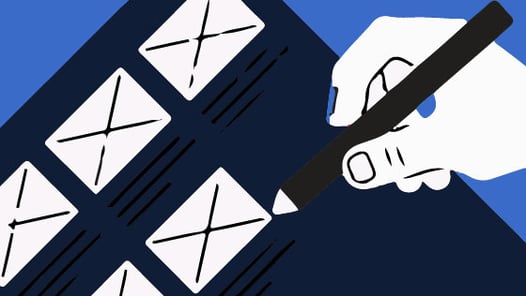
If you're trying to design a process, storyboards can help you see how your collective understanding of a problem supports or conflicts with a proposed solution, as well as where you need to investigate or probe further. By developing a visual narrative to explore the problem at hand in story form, your team will be able to see how ideas interact and interconnect to create a solution.
Sticky notes are your friend. Take a few minutes to ask everyone on your team to write down their ideas on individual notes. They don't have to be complete ideas: physically placing quotes, images, user information, and other data on a whiteboard can help you discover new relationships between different components.
Once you have a group of sticky notes to work with, start arranging them on the whiteboard progressively. Organizing your ideas into a continuous series will help you see new connections and eliminate superfluous material that doesn't add to the end goal.
2) Forced connections
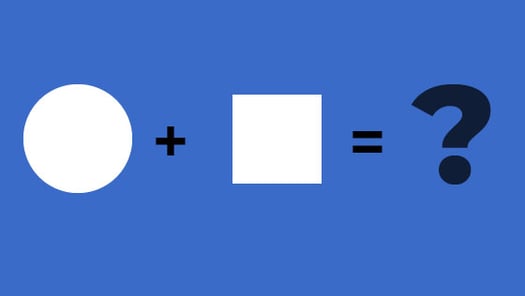
In this exercise, ideas with different needs or interests are connected to form a new concept. We see this kind of thinking all the time in products like the Apple Watch, the Swiss Army Knife, smartphones, or even sofa beds.
To put this method into practice, bring a bag of assorted items to your next meeting, or draw two lists of unrelated items on the whiteboard. Ask team members to choose two or more items and explore different ways to connect them. This technique can result in wild ideas, it is a useful way to jump-start creativity in the team.
3) Brainwriting
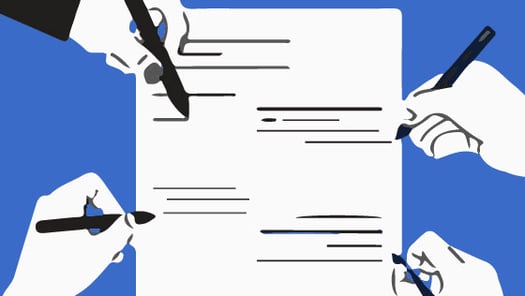
In this exercise, participants simply write down some ideas on a piece of paper to solve a particular problem. Each member of the team passes her paper to another person, who will read it silently and add her own ideas to it. The process is repeated until everyone has had a chance to add an idea to each original piece of paper. Next, the notes are collected and the debate is opened.
The great advantage of this technique is that it ensures that the thoughts and ideas of everyone in the team are considered. This prevents more open or extroverted people from unintentionally dominating the sessions.
4) First draft

The first draft is an idea-generating technique commonly used by writers, and it's basically a form of topic-focused freewriting. For marketers and agencies, it can help focus the early stages of a new project by establishing your current knowledge and putting early ideas on paper.
Start from the central topic and do the following:
- Write everything you know about the topic.
- Write what you don't know about the topic, but need or want to know.
- Think about why this topic is important.
- Add anything else that catches your eye. Here you have the possibility to bring to light all the ideas that are on your mind.
The first draft method allows you to put down all your ideas on a topic, so you don't have to worry if it looks disorganized or disjointed. The goal is simply to get past that initial block that creative professionals often feel in the early stages of a new project.
5) S.C.A.M.P.E.R.
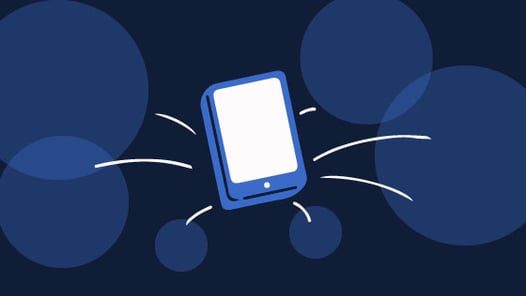
S.C.A.M.P.E.R. is, in essence, a process that allows ideas to be expanded and improved by questioning and testing them from different angles. For each letter in this mnemonic, ask yourself a related question about your project or the problem you're dealing with:
- Substitute: What would happen to the project if we replaced X with Y?
- Combine: What would happen to the project if we combined X and Y?
- Adapt: What changes should be made to adapt this project to a different context?
- Modify: What could we change to increase the value of this project?
- Put to another use: What other uses or applications could this project have?
- Eliminate: What could we remove from the project to simplify it?
- Reverse: How could we reorganize the project to make it more effective?
This method forces you to think of an unsuspected approach to your project or problem. Each question prompts you to investigate the question a little deeper and to consider new possibilities.
6) Questioning of assumptions
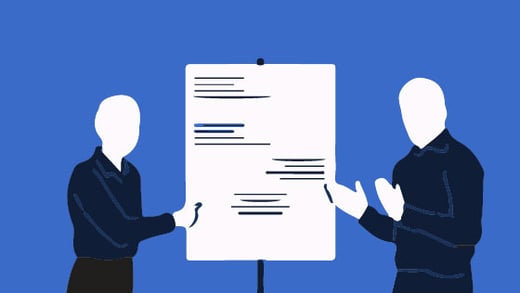
We all make assumptions: we assume what is possible and what is not, what people want, what will work, and what will not. This exercise forces us to challenge these assumptions and put all the cards on the table.
Make a list of all the assumptions you can think of about the current project (it doesn't matter if they're not true). As a group, you can go through the list and question each assumption. By doing this at different stages of your campaign development, you can generate fresh ideas and identify knowledge gaps.
7) Wishing

This technique motivates your team to think big. Ask participants to think of the most unattainable, extreme, and impractical solutions they can think of to solve a problem. Create a list with about twenty wishes related to the pending task.
Focus on a selection of wishes and consider and analyze the ideas in detail, with the aim of imagining more realistic concepts. What makes them so unattainable? How can these ideas be made more realistic? What characteristics of that desire could be integrated into this other approach? To your surprise, you might find workable and realistic solutions among your team's wildest wishes.
8) Alter egos/heroes
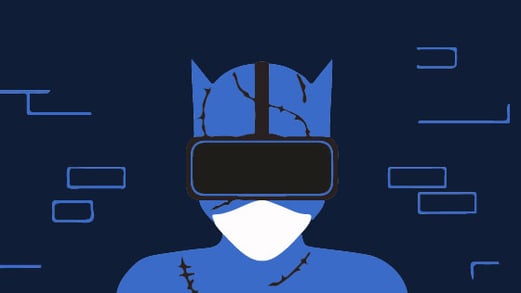
This is a fun exercise in which small groups of people imagine how they might solve a given problem if their team were led by a real or fictional famous person. What would Gatúbela do to position your brand as an intellectual leader in virtual reality? What would Steve Jobs do to improve your latest communications package? How would Don Draper convey your main messages to millennials?
You can choose someone who you think has the right qualities to develop your vision, or someone at the opposite end of this scale, who will allow you to explore less conventional ideas.
9) Group sketch
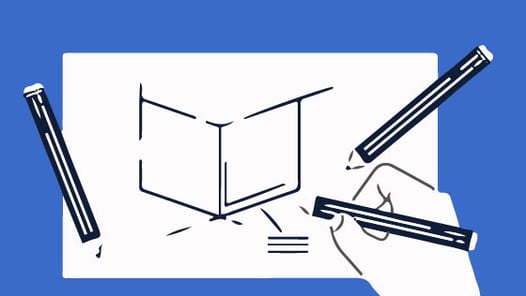
You don't have to be an artist or designer to take advantage of sketches. Visual thinking can help activate and develop ideas that discussions and writing media might miss. As with written brainstorming, group drafts allow participants to improve on other people's ideas.
Each member of your team will sketch an image closely related to a concept, idea, or topic you want to explore further. Each member hands their sketch to another person, who will draw another related image on the same piece of paper. This procedure will be repeated several times within the same group. The final images are then reviewed and analyzed with the aim of discovering the connections that the individuals could not detect on their own.
10) Six thinking hats
There are numerous exercises and problem-solving tools that help participants put themselves in other people's shoes. This particular tool was invented by Edward de Bono (psychologist, author, and consultant), who first used the technique in 1985, in his book Six Thinking Hats. The method consists of breaking down ideas into six areas of thought:

When tackling a new problem or project, ask each member of your team to wear one of these different “hats” for discussion. Each “hat” represents a unique set of priorities and perspectives that will help you focus the discussion and view the project from many different angles.
For example, if you are wearing the “devil's advocate” hat, your job will be to consider the limitations and challenges of the project. At first, it might be uncomfortable to have to adopt such a narrow way of thinking, but extremes can help teams explore a project or idea in depth.
This is a modified snippet of Creative Ideation for Digital Marketers: Theory to Practice by Dani Mansfield.

%20(1).jpg?width=300&name=wp9131686%20(1)%20(1).jpg)




¿Nos dejas un comentario?